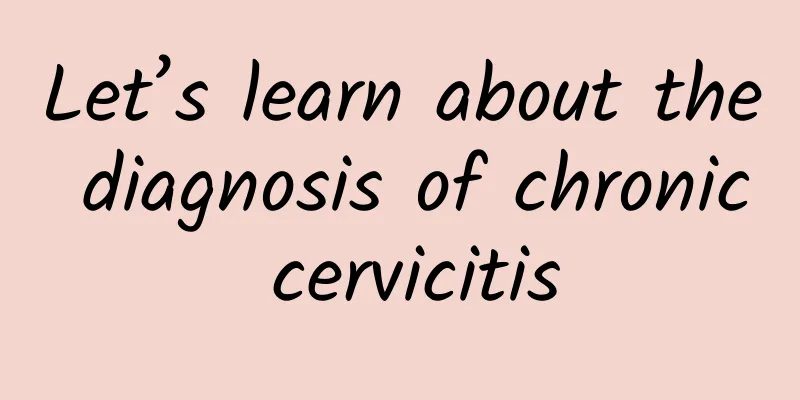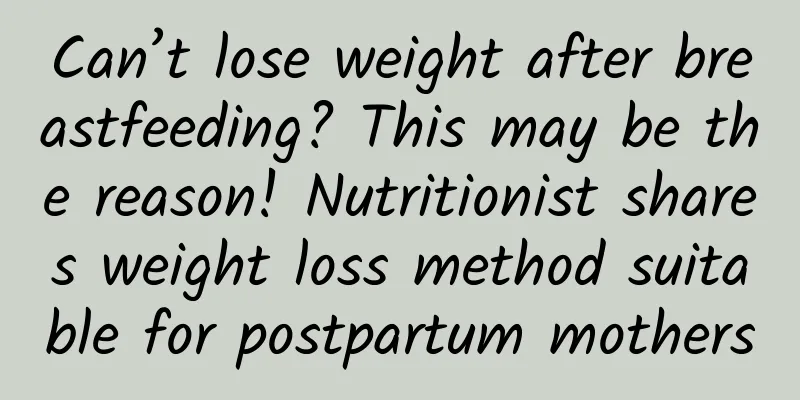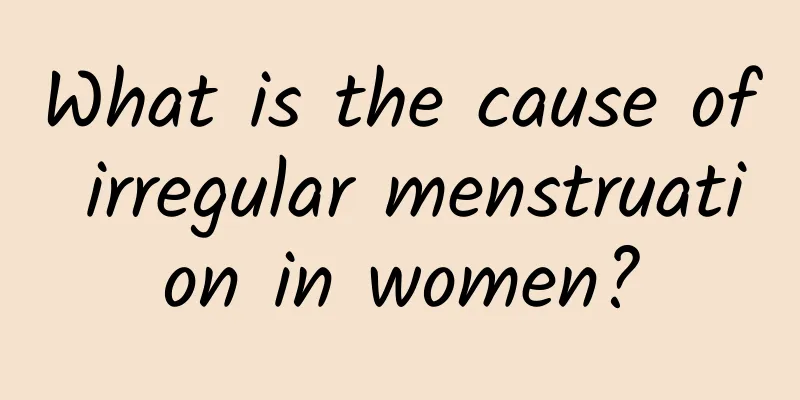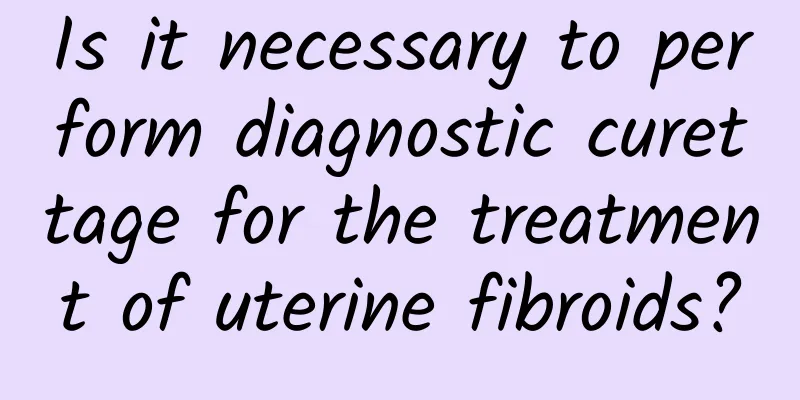What are the sequelae of uterine fibroids?
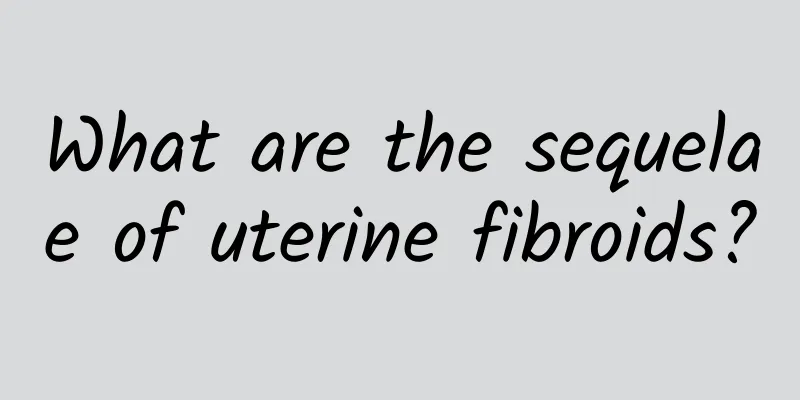
|
Uterine fibroids can cause sequelae such as abnormal menstruation, infertility, abdominal pain, anemia, etc. In severe cases, they may cause compression symptoms of surrounding organs. Therefore, it is necessary to seek medical attention as soon as possible and take personalized treatment measures according to the condition. The main treatment methods include drug therapy, surgical treatment and life management. 1. Abnormal menstruation and anemia One of the most typical sequelae of uterine fibroids is menorrhagia, which may manifest as increased menstrual flow, prolonged menstrual period or frequent intermenstrual bleeding. Long-term menstrual abnormalities can easily cause iron deficiency anemia, leading to symptoms such as pale complexion, dizziness, and fatigue. Recommendations: Mild to moderate menstrual abnormalities can be relieved by oral contraceptives, mifepristone and other drugs; if bleeding is required, drugs such as hemostatics or acetylglutamine can be used; those with anemia should take iron supplements. Adjust the diet structure and eat more iron-rich foods such as animal liver and red meat. 2. Abdominal pain and infertility Some patients may experience lower abdominal pain or discomfort in the lumbar region due to uterine fibroids compressing the nerves or causing uterine contractions, which may even affect conception or cause early miscarriage. Recommendation: For pain or infertility problems, drugs such as gonadotropin-releasing hormone agonist GnRH-a can temporarily shrink fibroids; minimally invasive surgery such as hysteroscopy or laparoscopy to remove fibroids is recommended for women who are planning to have a baby. In addition, if the location of the fibroid does not affect conception, actively try to prepare for pregnancy under the guidance of a doctor when the condition is stable. 3. Symptoms related to compression of peripheral organs Larger fibroids may compress the bladder, rectum or ureters, causing frequent urination, difficulty urinating, constipation or even hydronephrosis. Recommendation: For cases with significant symptoms and health-threatening conditions, uterine artery embolization, conservative removal of fibroids, or total abdominal hysterectomy can be considered. Choose the most appropriate treatment based on the patient's age and condition. At the same time, improving lifestyle, such as avoiding sitting or standing for long periods of time, exercising moderately and controlling weight can alleviate the growth of fibroids to a certain extent. Patients with the above sequelae need to receive scientific treatment under the guidance of a doctor and have their uterus checked regularly. Regardless of whether the fibroids have caused obvious symptoms, female friends are advised to pay attention to their menstruation and lifestyle changes, complete regular gynecological examinations, and deal with problems as soon as possible to prevent further complications. |
<<: Side effects of embolization therapy for adenomyosis
>>: Can someone with an ovarian cyst get pregnant?
Recommend
What are the best treatments for female cervical erosion? Five methods are recommended for treating female cervical erosion.
What are the best ways to treat cervical erosion ...
Did you run right? Efficient running tips
Are you a long-distance runner who never cares ab...
What is the reason for irregular menstruation?
What's wrong with frequent menstrual irregula...
The last menstrual period was January 30th. What is the expected date of delivery?
If the last menstrual period is on January 30, th...
What causes irregular menstruation?
What are the causes of irregular menstruation? Gy...
How to regulate the diet of patients with dysmenorrhea
For patients with dysmenorrhea, how to regulate d...
Is cervical precancerous lesion cervical cancer?
The main cause of cervical cancer is HPV infectio...
What are the symptoms of chronic vaginitis?
How many types of symptoms are there for chronic ...
Summary of the causes of atrophic vulvar leukoplakia
Atrophic vulvar leukoplakia is a relatively commo...
Detailed discussion on preventive measures for cervical hypertrophy
How much do you know about the prevention of cerv...
What are the methods for treating uterine fibroids? Is surgery the most effective method for treating uterine fibroids?
Uterine fibroids are the most common benign tumor...
Acute pelvic inflammatory disease recovery
Many women feel uncomfortable when they hear the ...
How should women prevent threatened abortion in their daily lives?
It is very important for women to know how to pre...
The number of abortions among young girls during the holidays is increasing, and the lack of sex education is the main reason
Every year during the winter vacation, summer vac...
What are the factors that trigger female adnexitis?
Adnexitis is a common gynecological inflammation ...
